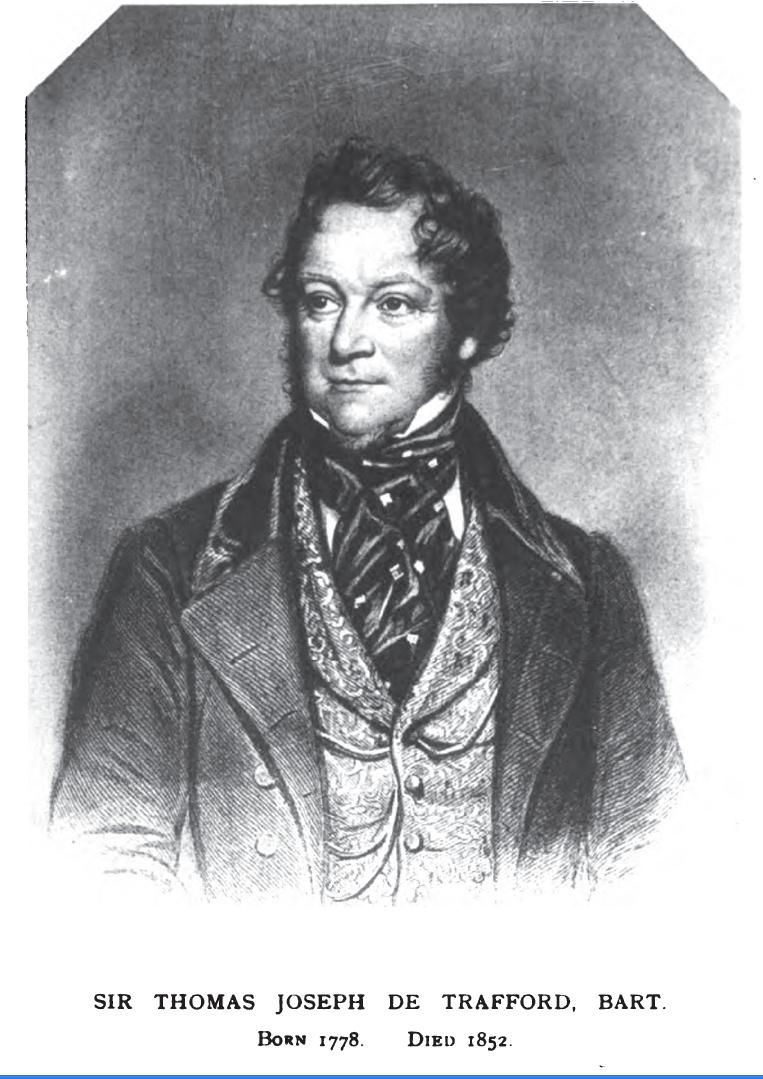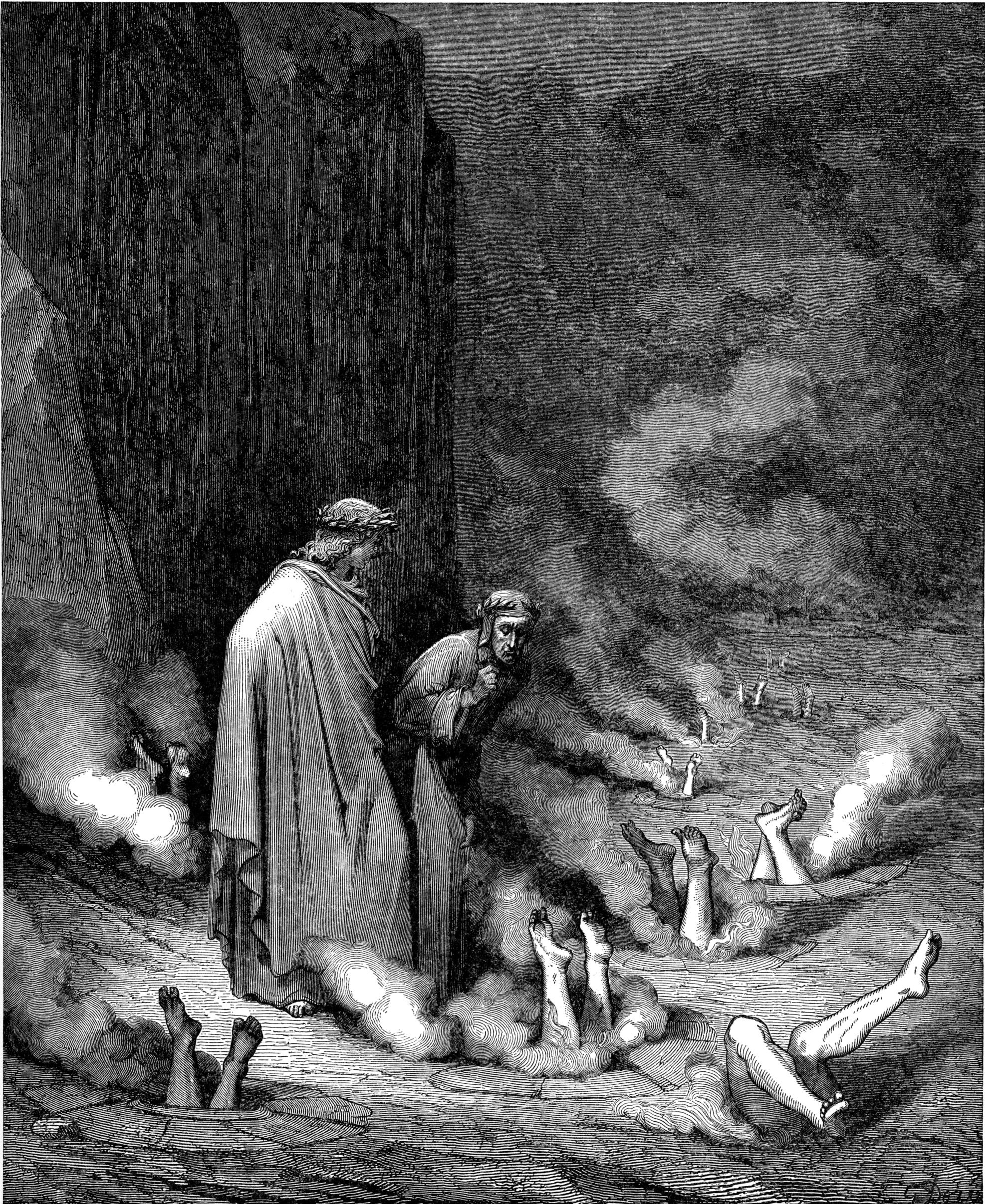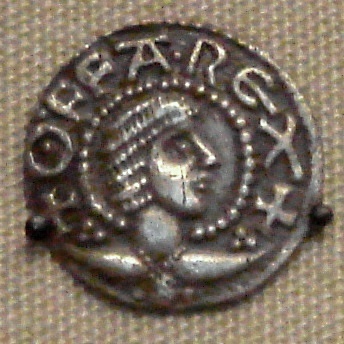|
Thomas De Trafford
Sir Thomas Joseph de Trafford, 1st Baronet, (22 March 1778 – 10 November 1852) was a member of a prominent family of English Roman Catholics. He served as commander of the Manchester and Salford Yeomanry at the time of the Peterloo Massacre. He was born at Croston Hall near Chorley, Lancashire on 22 March 1778, son of John Trafford and Elizabeth Tempest, and was christened Thomas Joseph Trafford (no ''de''). Marriage and family Thomas married Laura Anne Colman (born 18 August 1780, baptized 9 November 1780, Cullompton), daughter of Francis Colman (d. 1820) of Hillersdon, Devon, and Jemima Searle (d. 1807), on 17 August 1803, and the couple lived at Trafford Hall, in Trafford Park. They had nine daughters and five sons, including: *Elizabeth Jane, born 22 October 1804, died September 1813, aged 8 *Laura Ann, born 23 November 1805, who married Thomas William Riddell of Felton, Northumberland on 4 September 1845 at All Saints Catholic Chapel, Barton-upon- ... [...More Info...] [...Related Items...] OR: [Wikipedia] [Google] [Baidu] |
Sir Thomas Joseph De Trafford 1778 - 1852
''Sir'' is a formal honorific address in English for men, derived from Sire in the High Middle Ages. Both are derived from the old French "Sieur" (Lord), brought to England by the French-speaking Normans, and which now exist in French only as part of "Monsieur", with the equivalent "My Lord" in English. Traditionally, as governed by law and custom, Sir is used for men titled as knights, often as members of orders of chivalry, as well as later applied to baronets and other offices. As the female equivalent for knighthood is damehood, the female equivalent term is typically Dame. The wife of a knight or baronet tends to be addressed as Lady, although a few exceptions and interchanges of these uses exist. Additionally, since the late modern period, Sir has been used as a respectful way to address a man of superior social status or military rank. Equivalent terms of address for women are Madam (shortened to Ma'am), in addition to social honorifics such as Mrs, Ms or Miss. ... [...More Info...] [...Related Items...] OR: [Wikipedia] [Google] [Baidu] |
George Archer-Shee
George Archer-Shee (6 May 1895 – 31 October 1914) was a Royal Navy cadet whose case of whether he stole a five shilling postal order was decided in the High Court of Justice in 1910. Archer-Shee was successfully defended by barrister and politician Sir Edward Carson. The trial, which became a British ''cause célèbre'', was the inspiration for the 1946 Terence Rattigan play ''The Winslow Boy'', which has been the basis of two films. Following his acquittal, the boy's family were paid compensation in July 1911. Archer-Shee was commissioned in the British Army in 1913, and killed aged 19, at the First Battle of Ypres on 31 October 1914. Family George Archer-Shee was the son of Martin Archer-Shee and his second wife Helen Treloar. His father was an official at the Bank of England in Bristol and grandson of the painter Sir Martin Archer Shee. His half-brother was Martin Archer-Shee, an army officer and Member of Parliament. Actor Robert Bathurst is his great nephew. ... [...More Info...] [...Related Items...] OR: [Wikipedia] [Google] [Baidu] |
Simony
Simony () is the act of selling church offices and roles or sacred things. It is named after Simon Magus, who is described in the Acts of the Apostles as having offered two disciples of Jesus payment in exchange for their empowering him to impart the power of the Holy Spirit to anyone on whom he would place his hands. The term extends to other forms of trafficking for money in "spiritual things". Origin The purchase or sale of ecclesiastical office was condemned from the fifth century, but it was only in the sixth century that it was associated with the figure of Simon Magus in the Book of Acts. Key in making this association was Pope Gregory I, who labelled such exchanges as the "simoniac heresy". Simony in the Middle Ages Although considered a serious offense against canon law, simony is thought to have become widespread in the Catholic Church during the 9th and 10th centuries. In the eleventh century, it was the focus of a great deal of debate. Central to this debat ... [...More Info...] [...Related Items...] OR: [Wikipedia] [Google] [Baidu] |
Judicial Functions Of The House Of Lords
Whilst the House of Lords of the United Kingdom is the upper chamber of Parliament and has government ministers, it for many centuries had a judicial function. It functioned as a court of first instance for the trials of peers, for impeachments, and as a court of last resort in the United Kingdom and prior, the Kingdom of Great Britain and the Kingdom of England. Appeals were technically not to the House of Lords, but rather to the King-in-Parliament. In 1876, the Appellate Jurisdiction Act devolved the appellate functions of the House to an Appellate Committee, composed of Lords of Appeal in Ordinary (informally referred to as Law Lords). They were then appointed by the Lord Chancellor in the same manner as other judges. During the 20th and early 21st century, the judicial functions were gradually removed. Its final trial of a peer was in 1935, and in 1948, the use of special courts for such trials was abolished. The procedure of impeachment became seen as obsolete. In 2009, t ... [...More Info...] [...Related Items...] OR: [Wikipedia] [Google] [Baidu] |
Bishop Of Chester
The Bishop of Chester is the Ordinary of the Church of England Diocese of Chester in the Province of York. The diocese extends across most of the historic county boundaries of Cheshire, including the Wirral Peninsula and has its see in the City of Chester where the seat is located at the Cathedral Church of Christ and the Blessed Virgin Mary, which was formerly the Benedictine Abbey of Saint Werburgh, being elevated to cathedral status in 1541. The Bishop's residence is Bishop's House, Chester. Cheshire previously held a bishopric from 1075 when the seat was at the collegiate church of St John the Baptist until 1102. The present diocese was formed in 1541 under King Henry VIII. Mark Tanner's election as Bishop of Chester was confirmed on 15 July 2020.https://www.chester.anglican.org/content/pages/documents/1594794583.pdf Earliest times Chester at various periods in its history had a bishop and a cathedral, though till the early sixteenth century only intermittently. ... [...More Info...] [...Related Items...] OR: [Wikipedia] [Google] [Baidu] |
Lord Of The Manor
Lord of the Manor is a title that, in Anglo-Saxon England, referred to the landholder of a rural estate. The lord enjoyed manorial rights (the rights to establish and occupy a residence, known as the manor house and demesne) as well as seignory, the right to grant or draw benefit from the estate. The title continues in modern England and Wales as a legally recognised form of property that can be held independently of its historical rights. It may belong entirely to one person or be a moiety shared with other people. A title similar to such a lordship is known in French as ''Sieur'' or , in German, (Kaleagasi) in Turkish, in Norwegian and Swedish, in Welsh, in Dutch, and or in Italian. Types Historically a lord of the manor could either be a tenant-in-chief if he held a capital manor directly from the Crown, or a mesne lord if he was the vassal of another lord. The origins of the lordship of manors arose in the Anglo-Saxon system of manorialism. Following the N ... [...More Info...] [...Related Items...] OR: [Wikipedia] [Google] [Baidu] |
Rector (ecclesiastical)
A rector is, in an ecclesiastical sense, a cleric who functions as an administrative leader in some Christian denominations. In contrast, a vicar is also a cleric but functions as an assistant and representative of an administrative leader. Ancient usage In ancient times bishops, as rulers of cities and provinces, especially in the Papal States, were called rectors, as were administrators of the patrimony of the Church (e.g. '). The Latin term ' was used by Pope Gregory I in ''Regula Pastoralis'' as equivalent to the Latin term ' (shepherd). Roman Catholic Church In the Roman Catholic Church, a rector is a person who holds the ''office'' of presiding over an ecclesiastical institution. The institution may be a particular building—such as a church (called his rectory church) or shrine—or it may be an organization, such as a parish, a mission or quasi-parish, a seminary or house of studies, a university, a hospital, or a community of clerics or religious. If a r ... [...More Info...] [...Related Items...] OR: [Wikipedia] [Google] [Baidu] |
St Bartholomew's Church, Wilmslow
St Bartholomew's Church is in the town of Wilmslow, Cheshire, England. The church is recorded in the National Heritage List for England as a designated Grade I listed building. It is an active Anglican parish church in the diocese of Chester, the archdeaconry of Macclesfield and the deanery of Knutsford. History The earliest documentary evidence of a church on the site is dated 1246. Nothing of this church remains but there is a crypt leading from the chancel which pre-dates the present church. Most of the church was built in the early 16th century also, though it is possible that the lower part of the tower dates from the 15th century. The Hawthorne Chapel was added to the south side of the church in 1700, replacing a former chantry dated 1520. There was a restoration in 1862-63 by Brakspear, in 1878. J. S. Crowther added the vestry and the south porch, and a clerestory was added to the chancel in 1898 by Bodley and Garner. The parish registers begin i ... [...More Info...] [...Related Items...] OR: [Wikipedia] [Google] [Baidu] |
Advowson
Advowson () or patronage is the right in English law of a patron (avowee) to present to the diocesan bishop (or in some cases the ordinary if not the same person) a nominee for appointment to a vacant ecclesiastical benefice or church living, a process known as ''presentation'' (''jus praesentandi'', Latin: "the right of presenting"). The word derives, via French, from the Latin ''advocare'', from ''vocare'' "to call" plus ''ad'', "to, towards", thus a "summoning". It is the right to nominate a person to be parish priest (subject to episcopal – that is, one bishop's – approval), and each such right in each parish was mainly first held by the lord of the principal manor. Many small parishes only had one manor of the same name. Origin The creation of an advowson was a secondary development arising from the process of creating parishes across England in the 11th and 12th centuries, with their associated parish churches. A major impetus to this development was the legal exac ... [...More Info...] [...Related Items...] OR: [Wikipedia] [Google] [Baidu] |
Tamworth, Staffordshire
Tamworth (, ) is a market town and borough in Staffordshire, England, north-east of Birmingham. The town borders North Warwickshire to the east and north, Lichfield to the north, south-west and west. The town takes its name from the River Tame, which flows through it. The population of Tamworth borough () was . The wider urban area had a population of 81,964. Tamworth was the principal centre of royal power of the Anglo-Saxon Kingdom of Mercia during the 8th and 9th centuries. It hosts a simple but elevated 12th century castle, a well-preserved medieval church (the Church of St Editha) and a Moat House. Tamworth was historically divided between Warwickshire and Staffordshire until 1889, when the town was placed entirely in Staffordshire. The town's industries include logistics, engineering, clothing, brick, tile and paper manufacture. Until 2001 one of its factories was Reliant, which produced the Reliant Robin three-wheeler car and the Reliant Scimitar sports car. The ... [...More Info...] [...Related Items...] OR: [Wikipedia] [Google] [Baidu] |
Haselour Hall
Harlaston is a village and civil parish in Staffordshire, England. It lies on the River Mease, about north of Tamworth. There is an Early English church, dedicated to ''St Matthew'', and a public house, the ''White Lion''. Harlaston is a conservation area, and has won the Staffordshire Best Kept Small Village award 5 times. History The name Harlaston comes from Old English, and means either ''Heoruwulfs farm'' or ''Heorulafs farm''. It has been suggested that the church goes back to the 11th century and is of Anglo-Saxon origin. Certainly, a corn mill is mentioned in the Domesday Book. Until 1845 Harlaston was a chapelry of the parish of Clifton Campville, after which date it became an independent ecclesiastical parish. In 1851 the population was 221, on about 1400 acres of land. There were 2 lords of the manor, Captain Theophilus Levett and W Chettle, though much of the land belonged to other people. Governance The township of Harlaston became part of Tamworth Poor Law ... [...More Info...] [...Related Items...] OR: [Wikipedia] [Google] [Baidu] |
1st Dragoons
The Royal Dragoons (1st Dragoons) was a heavy cavalry regiment of the British Army. The regiment was formed in 1661 as the Tangier Horse. It served for three centuries and was in action during the First and the Second World Wars. It was amalgamated with the Royal Horse Guards to form The Blues and Royals in 1969. History Formation The regiment was first raised as a single troop of veterans of the Parliamentary Army in 1661, shortly thereafter expanded to four troops as the Tangier Horse, taking the name from their service in the Garrison of Tangier. For the next few years, the regiment defended Tangier, which had been acquired by the English Crown through the marriage of King Charles II to Catherine of Braganza in April 1662, from Moorish cavalry. The regiment consisted of four troops, three of which were originally troops in the ''English Regiment of Light Horse in France'' attached to the French army of Louis XIV and under the command of Sir Henry Jones. They were co ... [...More Info...] [...Related Items...] OR: [Wikipedia] [Google] [Baidu] |






.jpg)